Enjoy free shipping on local orders over R1500

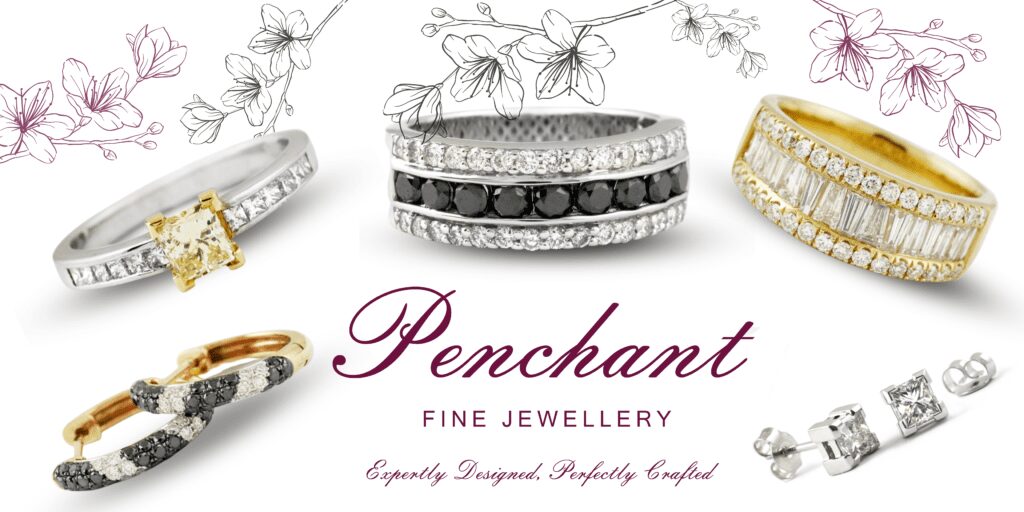
All of the jewellery featured in this blog was designed and manufactured by Penchant Fine Jewellery. Diamonds are graded using the “4 Cs” system, which stands for Carat weight, Cut, Colour, and Clarity. These are the four key factors that determine the quality and value of a diamond. Here’s a brief overview of each grading factor:
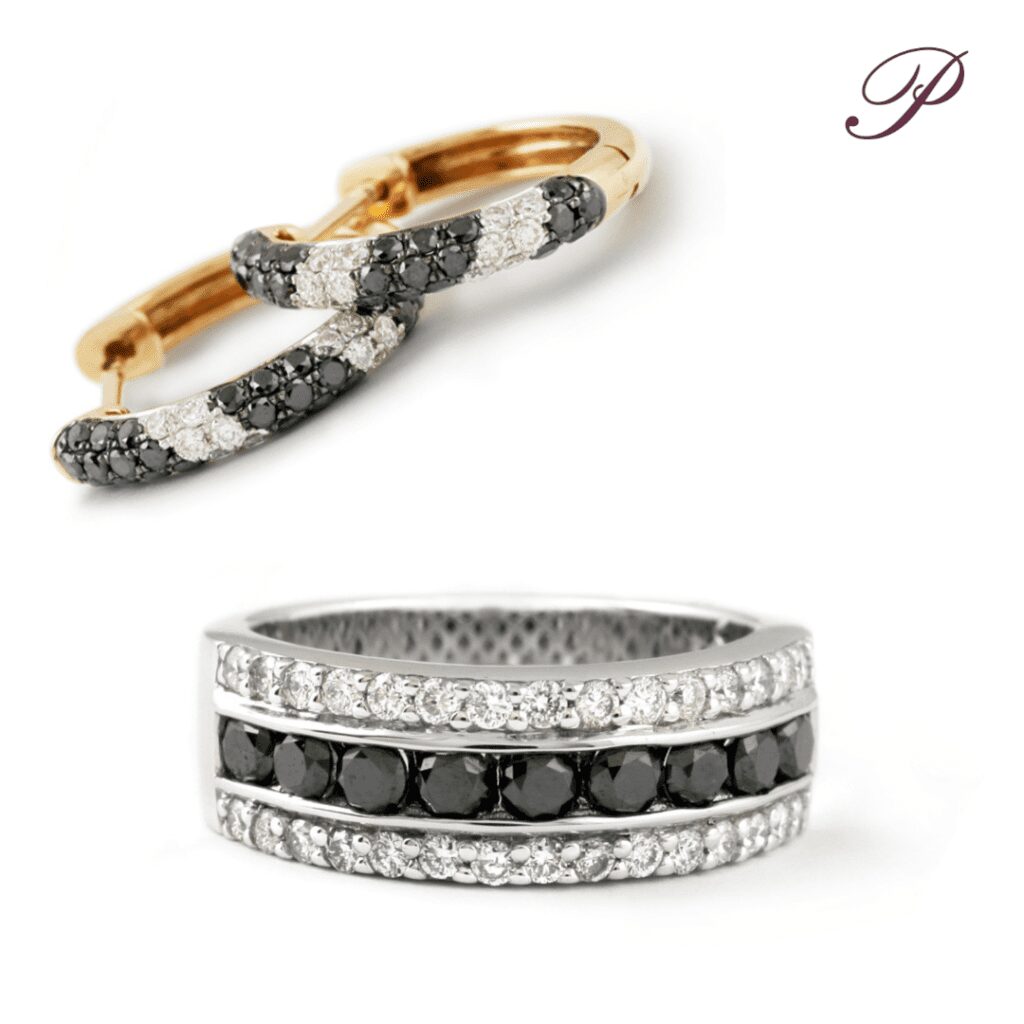
Carat weight: Carat weight is the measurement of a diamond’s size, with one carat equivalent to 0.2 grams. Diamonds are typically sold in fractions of a carat, and larger diamonds are generally more valuable.
Cut: The cut of a diamond refers to its proportions, symmetry, and polish, which affect how well the diamond reflects light and how sparkly it appears. A well-cut diamond will have excellent brilliance, fire, and scintillation, making it more valuable.
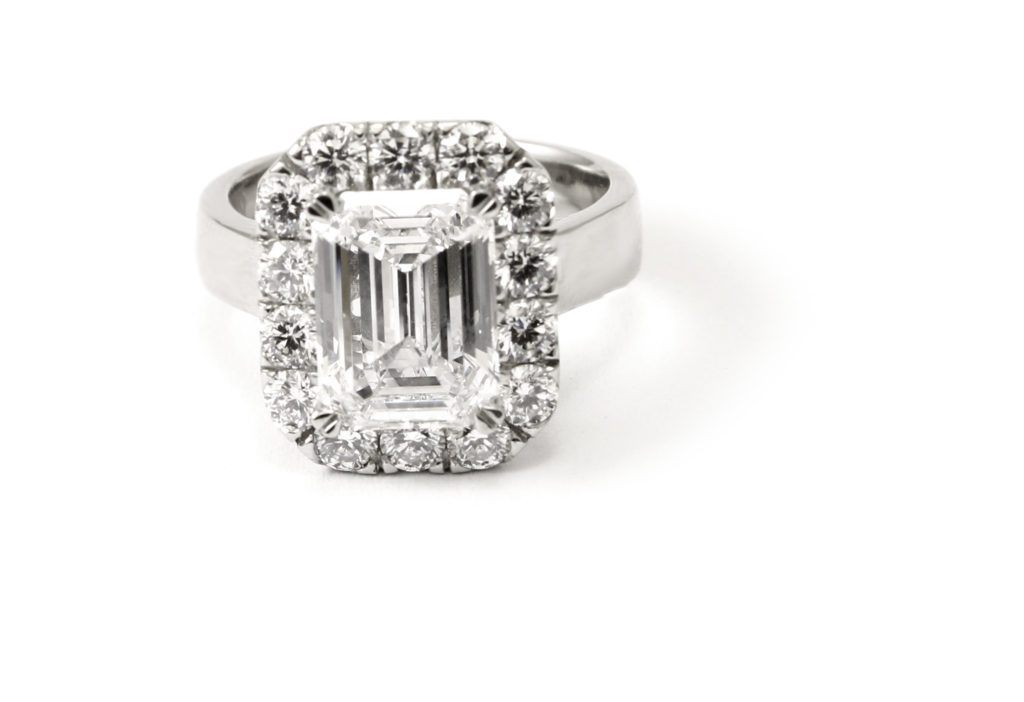
There are several different types of diamond cuts, each with its own unique characteristics and appearance. Some of the most popular diamond cuts include:
Round Brilliant Cut: This is the most popular, common and classic diamond cut, featuring a round shape with multiple facets that are designed to maximize the diamond’s brilliance, fire, and scintillation. Round brilliant cut diamonds are known for their exceptional sparkle and are often used in engagement rings.
Princess Cut: The princess cut is a square or rectangular shape with sharp corners and a brilliant-cut style. It is known for its contemporary and modern appearance, with a combination of step-cut and brilliant-cut facets that create a distinctive pattern and high sparkle.
Emerald Cut: The emerald cut is a rectangular shape with step-cut facets and trimmed corners. It is known for its elegant and sophisticated appearance, with long, linear facets that create a “hall of mirrors” effect and emphasize the diamond’s clarity and colour.
Asscher Cut: The Asscher cut is a square shape with step-cut facets, similar to the emerald cut, but with a smaller table and higher crown. It has a unique “X” pattern in the centre and is often chosen for its vintage and Art Deco-inspired look.
Cushion Cut: The cushion cut is a square or rectangular shape with rounded corners and larger facets that create a pillow-like appearance. It is known for its romantic and soft look, with excellent brilliance and a vintage charm.
Marquise Cut: The marquise cut is a long, narrow shape with pointed ends, resembling the shape of a football or boat. It is known for its elongating effect on the finger and is often chosen for its unique and distinctive appearance.
Oval Cut: The oval cut is an elongated, oval-shaped diamond with brilliant-cut facets that maximize its sparkle. It is known for its elongating effect on the finger and offers a similar appearance to the round brilliant cut but with a more unique shape.
These are just a few of the many different diamond cuts available, and each cut has its own unique characteristics and appeal. The choice of diamond cut is largely based on personal preference and style, as well as budget considerations. It’s important to choose a diamond cut that reflects your taste and preferences, while also considering the diamond’s overall quality and value.
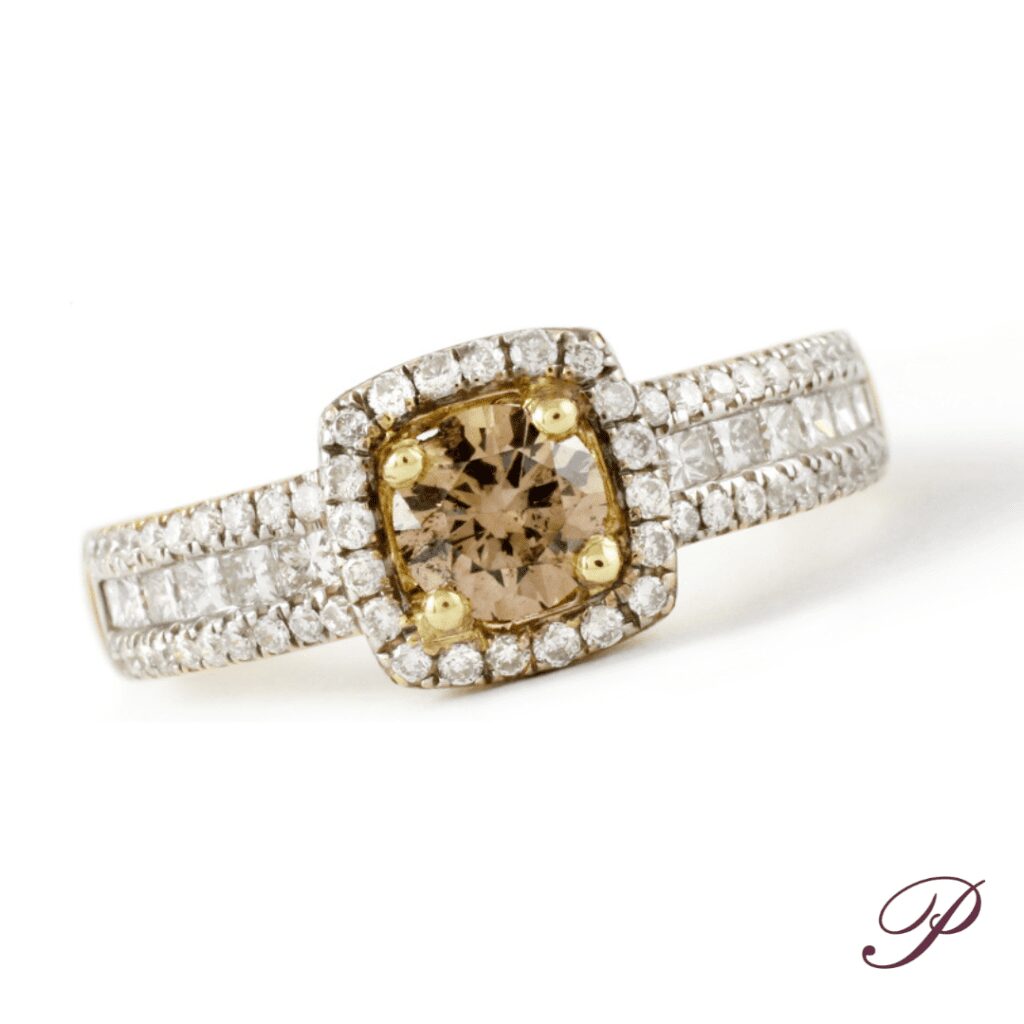
Colour: The colour of a diamond is graded on a scale from D (colourless) to Z (light yellow or brown). The most valuable diamonds are completely colourless, with less colour indicating a higher grade.
Clarity: Clarity measures the presence of internal and external imperfections, known as inclusions and blemishes, respectively. Clarity is graded on a scale from Flawless (FL) to Included (I), with various grades in between. A diamond with fewer inclusions and blemishes will have a higher clarity grade and be more valuable.
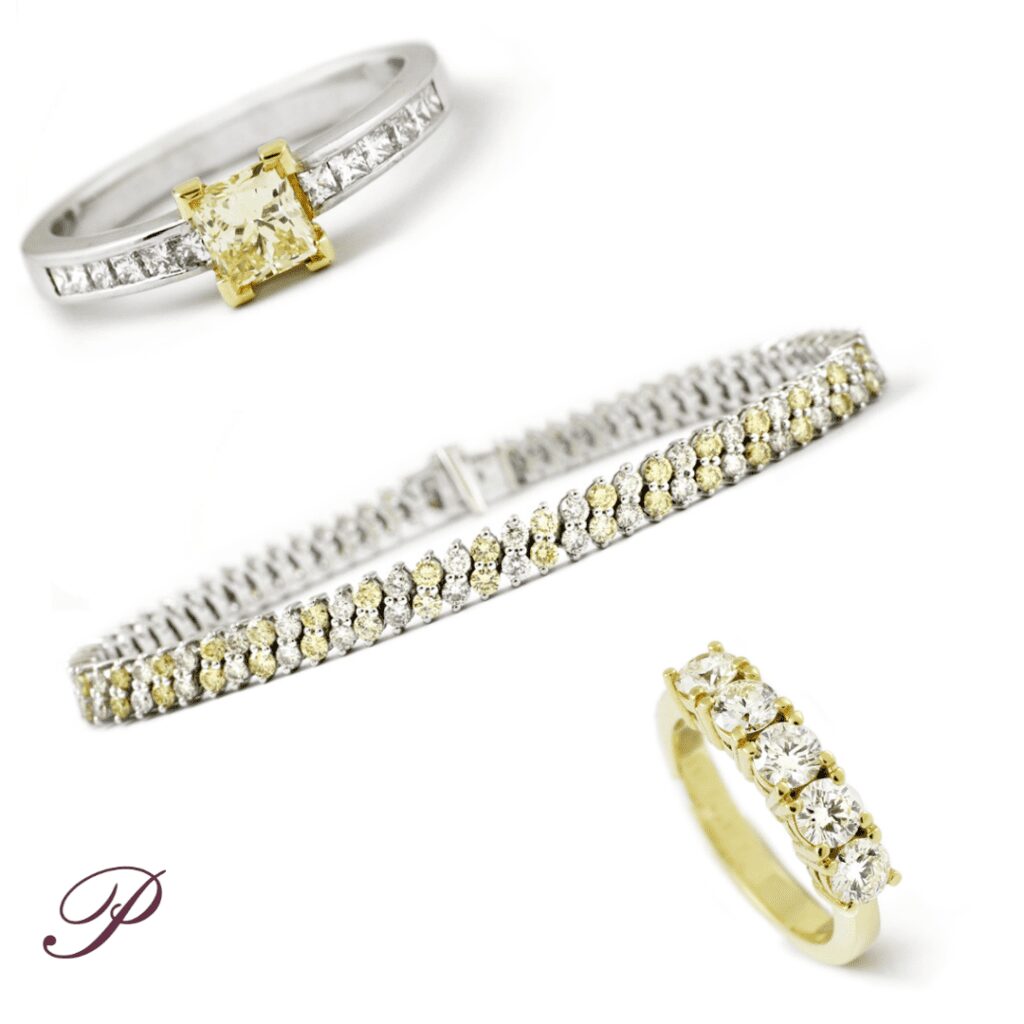
In addition to the 4 Cs, diamonds may also be graded for other characteristics such as fluorescence, which refers to how the diamond reacts to ultraviolet light, and shape, which can affect its overall appearance. Different grading laboratories may also use slightly different grading scales or terminology, so it’s important to understand the specific grading system being used when evaluating a diamond’s quality.
WhatsApp us